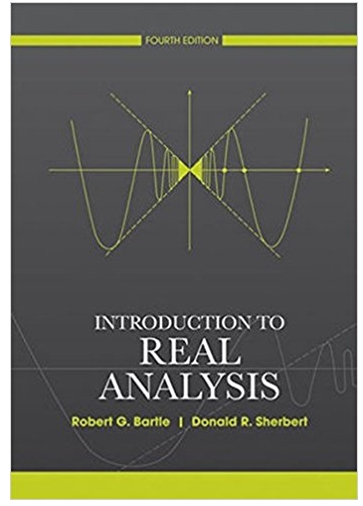Answered step by step
Verified Expert Solution
Question
1 Approved Answer
Math 2280 Autumn 2016 Homework 8 Numbered problems due Friday 18th November in class 1. (9.3.3) Determine the Fourier sine series of the function f
Math 2280 Autumn 2016 Homework 8 Numbered problems due Friday 18th November in class 1. (9.3.3) Determine the Fourier sine series of the function f (t) = 1 t defined on the interval (0, 1). 2. (The complex version of Fourier series) The collection all complex valued functions with period T is a vector space and 1 hf (x), g(x)i = T ZT f (x)g(x) dx 0 is an inner product on this vector space. a) Verify that the collection f (x) = ei 2n x T n = . . . , 2, 1, 0, 1, 2, . . . of functions is orthonormal. (Do not use Euler's formula.) b) The complex Fourier coefficients of f (x) are the numbers i 2n x T cn = hf (x), e 1 i= T ZT f (x)ei 2n x T dx 0 for n = . . . , 2, 1, 0, 1, 2, . . . and X cn ei 2n x T n= is the complex Fourier series of f . Determine relationships between the Fourier coefficients of f (x) and the complex Fourier coefficients of f (x). (Use Euler's formula.) 3. Determine the values of for which X 00 + X = 0 X 0 (0) = 0 X 0 (L) = 0 has a non-zero solution on [0, L] and determine the corresponding solutions. 4. Determine the values of for which X 00 + X = 0 X(0) = 0 X 0 (L) = 0 has a non-zero solution on [0, L] and determine the corresponding solutions. 5. (9.5.1) Solve 2u u =3 2 t x u(0, t) = 0 u(, t) = 0 u(x, 0) = 4 sin(2x) on [0, ]. 6. (9.5.2) Solve u 2u = 10 2 t x u (0, t) = 0 x u (5, t) = 0 x u(x, 0) = 7 on [0, 5]. 7. (Non-homogeneous heat equation) The problem 2u u =k 2 +Q t x u(0, t) = A u(L, t) = B u(x, 0) = f (x) (1) describes the temperature in a wire 0 x L with fixed temperatures at the endpoints and a source Q(x) of thermal energy within the wire. (For example, the function Q(x) could represent the energy released by chemical reactions in the wire at x.) a) If w is an equilibrium solution to (1) i.e. a solution to 0=k 2u +Q x2 u(0) = A u(L) = B and v is a solution to 2u u =k 2 t x u(0, t) = 0 u(L, t) = 0 u(x, 0) = f (x) w(x) verify that v + w solves (1). b) If Q(x) = kx(x L) determine the equilibrium solution to (1). A. Every matrix [ ac db ] with complex entries and determinant one gives rise to a map w(z) = az+b cz+d of the complex plane. Verify that Im w(z) > 0 whenever Im z > 0 and a, b, c, d are real. Verify that |w(z)| < 1 whenever |z| < and d = a and c = b
Step by Step Solution
There are 3 Steps involved in it
Step: 1

Get Instant Access to Expert-Tailored Solutions
See step-by-step solutions with expert insights and AI powered tools for academic success
Step: 2

Step: 3

Ace Your Homework with AI
Get the answers you need in no time with our AI-driven, step-by-step assistance
Get Started


